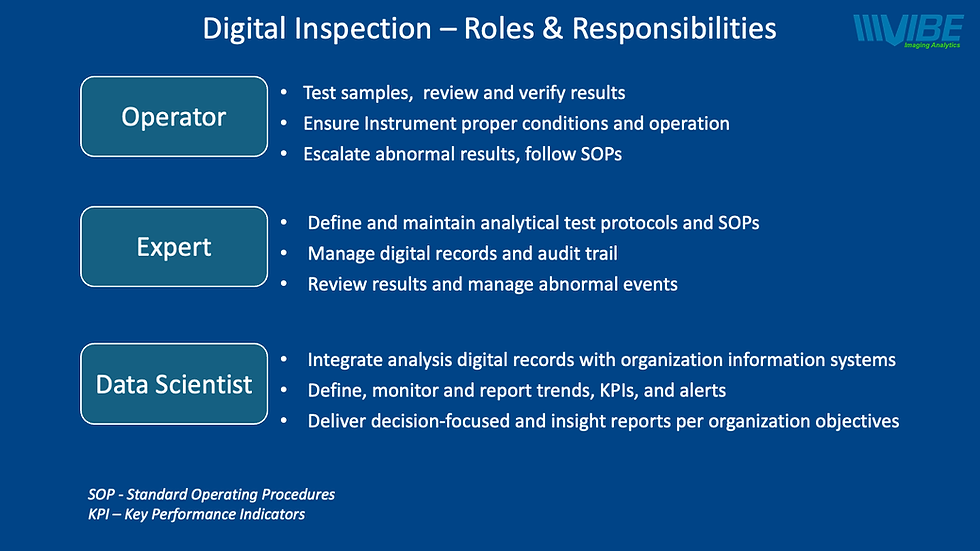What the International Standards Miss on Chalky Rice Kernels
- "The Grain Guru"
- Mar 27
- 2 min read

Chalkiness in rice refers to the presence of opaque, white areas within the grain, caused by air spaces in the starch structure. It is considered an unwanted trait because it affects both the visual quality of the rice and the mechanical strength of the kernels.
Current rice grading systems for chalkiness do not reflect the quality concerns of today’s markets—both in terms of consumer preference and impact on rice processing yield.
In the U.S., for example, USDA FGIS (Federal Grain Inspection Service) guidelines classify a grain as “chalky” only if more than 50% of its surface shows chalkiness. Other countries and international standards use different thresholds, but the underlying method is similar.The limitation is clear: if every grain in a sample has 40% chalkiness, the system will report zero chalky grains in the sample. Yet consumers—especially in quality-sensitive markets like Japan and Korea—will notice. The rice looks low-grade, and this has a direct impact on perceived market value, customer satisfaction, and rice producer branding.Beyond appearance, chalky grains are structurally weaker and more likely to break during the milling process. Since broken kernels are typically worth only half as much as whole ones, unreported chalkiness during the initial grading—used to set the commercial value of the shipment—will be missed and directly impact processor profitability.This challenge exists not only because of the grading thresholds, but also due to human limitations—it's extremely difficult to assess chalkiness levels or calculate meaningful distributions manually. With digital imaging, these insights are now possible—but grading systems must evolve and allow new digital methods to take the lead, rather than hold on to outdated practices.At Vibe, we report chalkiness accurately and in alignment with international standards. But we go further: each kernel is individually assessed for chalkiness percentage, and we generate a full distribution profile—showing how many grains fall within each chalkiness range (0–10%, 10–20%, and so on), and what we call total chalky—the overall accumulated chalky percentage of the entire sample.This approach delivers a much clearer picture of both visual quality and structural integrity. It helps breeders, processors, and traders better reflect the true chalkiness level—supporting higher quality, reduced breakage, and stronger consumer trust.
Note: This post reflects personal observations from my professional experience in the industry and is intended to spark discussion on improving quality standards. It does not represent official positions or critiques of specific organizations or standards bodies.
Ron Hadar, Vibe Imaging Analytics




Comments